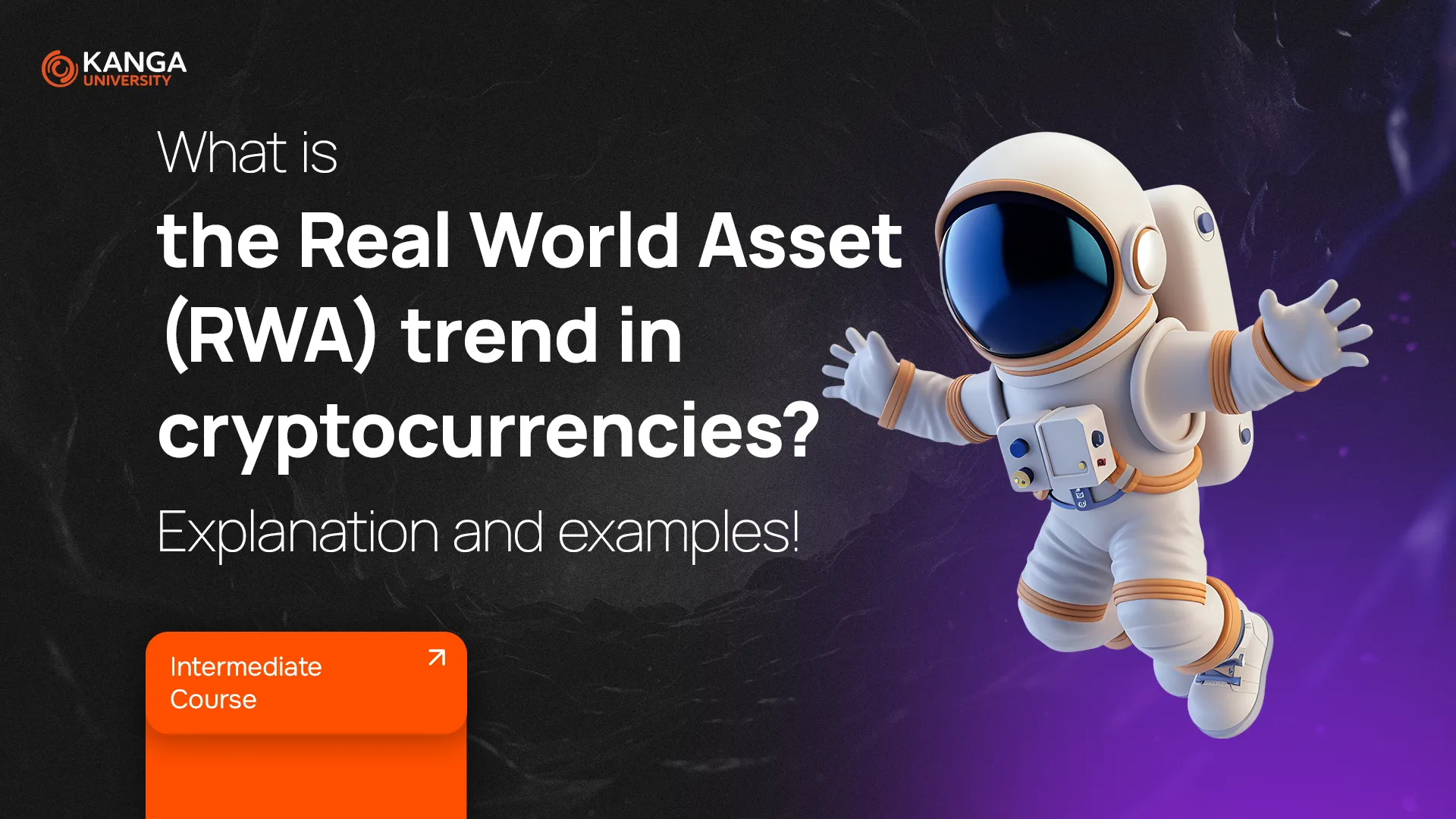
Imagine being able to invest in real estate, gold, or company shares—not by going to a bank or signing contracts, but by simply buying a digital token online. No middlemen, no paperwork. That’s the idea behind Real World Assets, also known as RWA, in the world of blockchain.
Sounds futuristic? It’s already happening.
What Are Real World Assets (RWA)?
Real World Assets (RWA) are physical or traditional financial assets—such as real estate, gold, invoices, art, or company equity—that are brought onto a blockchain through a process called tokenization.
Tokenization means creating a digital token that represents ownership, value, or rights tied to a real-world asset. These tokens can then be stored, transferred, and traded just like any other cryptocurrency—but with value backed by something tangible.
Why Tokenize Real-World Assets?
-
Better access – You don’t need millions to invest in a property or a corporate bond. With RWA tokens, you can buy a fraction of it.
-
Increased liquidity – Traditional assets like real estate or art are hard to trade. Tokenized versions can be exchanged instantly on blockchain markets.
-
Transparency – All actions related to the token are recorded on a public blockchain, visible and verifiable by anyone.
How Does RWA Work in Practice?
-
Step 1: Tokenization
A company creates tokens representing ownership of a real asset—for example, 100,000 tokens for an apartment in London. -
Step 2: Trade & Invest
Investors can buy, sell, or hold these tokens. Some tokens even offer payouts like rent income or profit shares. -
Step 3: Use in DeFi
RWA tokens can be used as collateral in decentralized finance (DeFi) platforms to borrow funds or earn yields.
How RWA Is Used in DeFi
-
Loan collateral – A token representing an invoice or building can be used to secure a loan.
-
Stable income – Tokens may generate real-world income, such as rental returns or interest.
-
DeFi–TradFi bridge – RWA allows traditional finance investors to enter DeFi without the usual crypto volatility.
Top Benefits of RWA
-
Diversification – RWA are often less volatile than cryptocurrencies, reducing portfolio risk.
-
Stability – Assets like real estate and gold are reliable stores of value, especially in uncertain times.
-
Income potential – Rental properties, bonds, or projects can offer steady earnings over time.
Challenges and Risks
-
Liquidity issues – Some RWA are not easy to sell or exchange quickly.
-
Maintenance costs – Real-world assets like buildings or equipment require upkeep and management.
-
Regulatory uncertainty – Laws around tokenizing physical assets vary by country and are still evolving.
Popular RWA Tokenization Platforms
-
Centrifuge – Allows businesses to tokenize invoices and use them in DeFi lending pools.
-
MakerDAO – Uses RWA as collateral to back its stablecoin DAI.
-
TrueFi – A lending protocol offering unsecured loans, backed by blockchain transparency.
-
Maple Finance – A decentralized corporate lending marketplace using liquidity pools.
-
Polymesh – A blockchain focused on regulated security tokens (like shares and debt).
Summary
Real World Assets (RWA) are transforming how we think about value and ownership. By connecting real-world goods to the blockchain, they unlock new investment opportunities that were once out of reach for everyday users.
This is one of the most exciting intersections between traditional finance and Web3. If regulation and technology continue evolving in the right direction, RWA could play a huge role in reshaping the global financial system.